Companion planting is a time-honored way to create healthy, beautiful, and resilient gardens. By pairing the right flowers with your vegetables, herbs, and other ornamentals, you can naturally deter pests, encourage balance in your landscape, and boost the overall health of your outdoor spaces.
For homeowners in Northeast Ohio, companion planting is a simple way to get more out of your gardens and landscape beds. By choosing plants that support one another, you’ll enjoy a thriving, functional garden that looks great in every season.
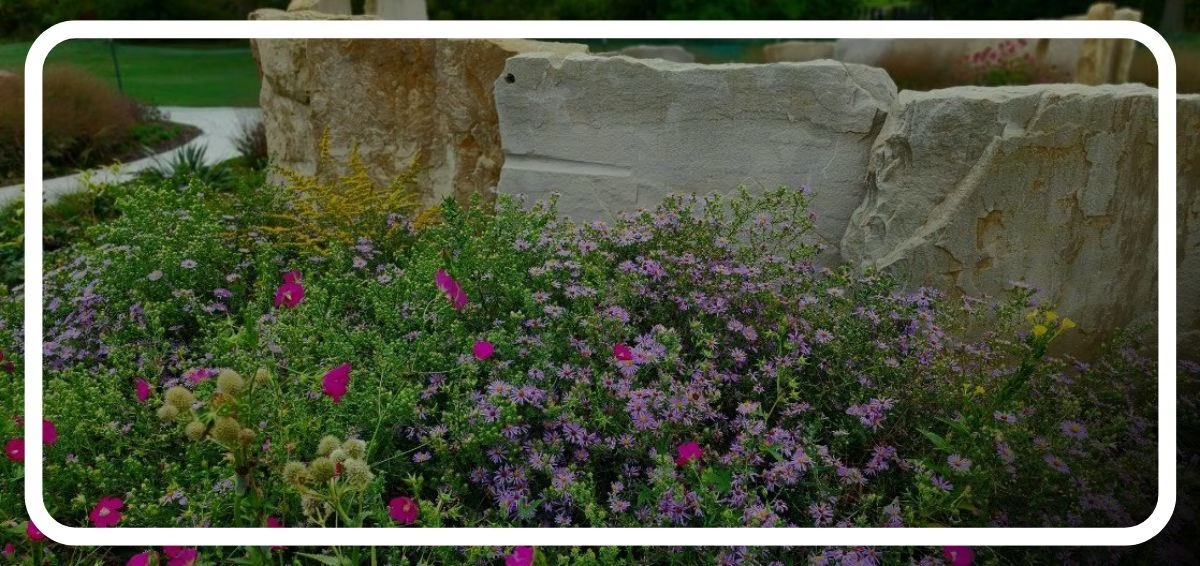
This guide highlights flowers that pair well with vegetables, herbs, and ornamentals, along with strategies to make companion planting work for your yard. For each plant, you’ll learn key benefits, ideal pairings, and simple planting tips. Whether you’re a seasoned gardener or just starting, these combinations will help you get the most out of your space.
Why Does Companion Planting Matter?
Every plant brings something unique to the garden. Some attract beneficial insects, others deter pests, and some improve the soil around them. When you plan your garden with these natural partnerships in mind, you can reduce the need for chemicals, keep your plants healthier, and create a landscape that works with nature instead of against it.
In other words, companion planting isn’t just about looks; it’s about creating a smart, balanced garden that supports itself over time.
12 Best Flowers for Companion Planting in Northeast Ohio
Below, you’ll find a list of flowers that are perfect for companion planting. Each suggestion includes companion benefits, best pairings, and easy tips for success in your garden.
1. Bee Balm (Monarda fistulosa / Wild Bergamot)
Companion Benefits: Attracts bees, butterflies, and hummingbirds; repels mosquitoes and pests.
Ideal Pairings: Tomatoes, peppers, squash; ornamental borders
Planting Tips: Full sun to partial shade, tolerates clay soils, space 18-24 inches apart, deadhead blooms.
2. Purple Coneflower (Echinacea purpurea)
Companion Benefits: Attracts pollinators, feeds songbirds, and is deer-resistant.
Ideal Pairings: Vegetable beds, ornamental grasses, perennial borders
Planting Tips: Full sun, well-drained soil, cut back dead stems in late winter.
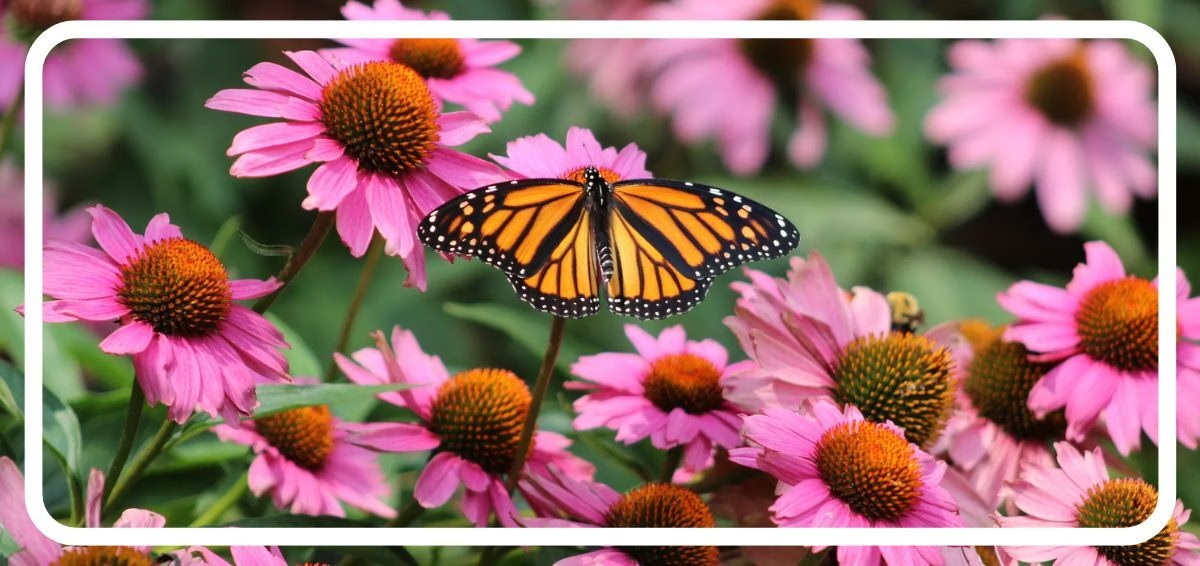
3. Butterfly Weed (Asclepias tuberosa)
Companion Benefits: Adds bright color, attracts monarch butterflies, and is drought-tolerant.
Ideal Pairings: Vegetable gardens near beans and squash; sunny borders.
Planting Tips: Full sun, dry well-drained soil, plant in groups for visual impact.
4. Black-Eyed Susan (Rudbeckia hirta)
Companion Benefits: Attracts beneficial insects; adds bold summer color. Ideal Pairings: Tomatoes, peppers, cucumbers; ornamental grasses. Planting Tips: Full sun, tolerates many soil types, deadhead to prolong bloom time.
5. Yarrow (Achillea millefolium)
Companion Benefits: Attracts beneficial insects; repels slugs and snails.
Ideal Pairings: Larkspur, potatoes, brassicas.
Planting Tips: Full sun, well-drained soil, drought-tolerant, cut back for a second bloom.
6. Wild Columbine (Aquilegia canadensis)
Companion Benefits: Attracts hummingbirds, deer-resistant, and early-season pollinator support.
Ideal Pairings: Shade-loving vegetables (lettuce, spinach, carrots); ferns and shade gardens.
Planting Tips: Partial shade, moist soil, self-seeding.
7. Nodding Wild Onion (Allium cernuum)
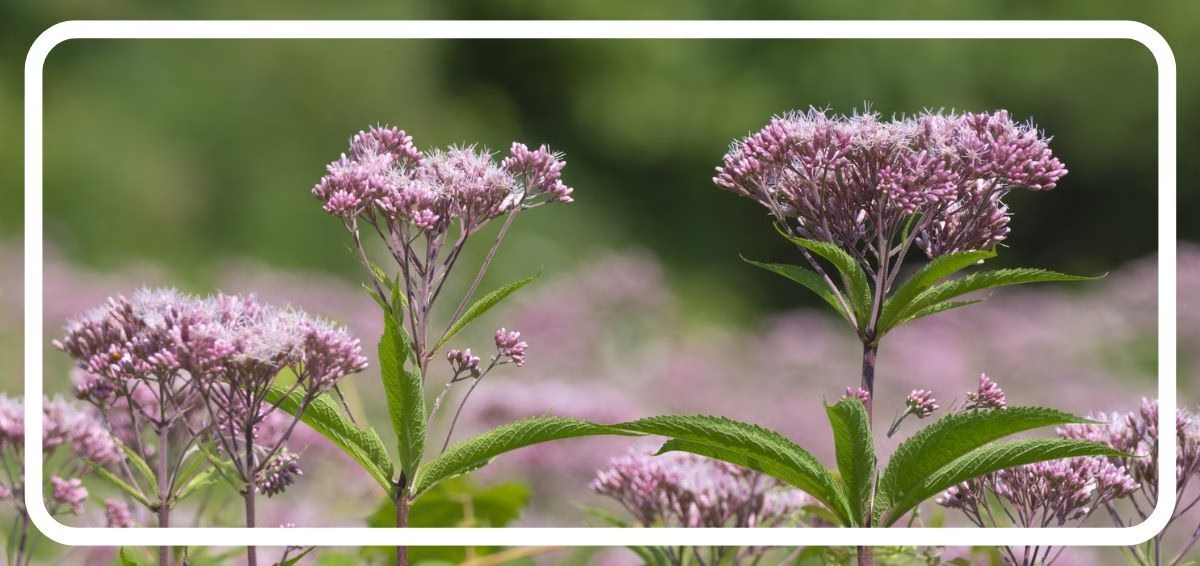
Companion Benefits: Repels aphids, carrot flies; edible leaves and bulbs.
Ideal Pairings: Carrots, lettuce, beets; roses and fruit trees.
Planting Tips: Full sun to light shade, well-drained soil, naturalizes easily.
8. Joe-Pye Weed (Eutrochium purpureum)
Companion Benefits: Adds structure and height, attracts butterflies.
Ideal Pairings: Back of borders with coneflowers; near vegetable gardens.
Planting Tips: Moist, rich soil, full sun to partial shade, grows 4–6 feet tall.
9. Goldenrod (Solidago speciosa / Showy Goldenrod)
Companion Benefits: Late-season nectar source, deer-resistant.
Ideal Pairings: Vegetable gardens, asters, tall grasses.
Planting Tips: Full sun, well-drained soil, choose modern cultivars for manageable growth.
10. Blue Vervain (Verbena hastata)
Companion Benefits: Attracts bees, butterflies, thrives in moist soils.
Ideal Pairings: Rain gardens, near water features.
Planting Tips: Full sun to partial shade, moist, fertile soil, grows 3–5 feet tall.
11. Wild Geranium (Geranium maculatum)
Companion Benefits: Spring groundcover suppresses weeds.
Ideal Pairings: Under trees or in shade gardens with ferns and woodland phlox.
Planting Tips: Shade to partial shade, moist soil, allow to naturalize.
12. New England Aster (Symphyotrichum novae-angliae)
Companion Benefits: Adds vibrant fall color, supports garden diversity.
Ideal Pairings: Goldenrod, coneflower, ornamental grasses, vegetable gardens.
Planting Tips: Full sun, moist soil, pinch back in summer for bushier growth.
Tips for Companion Planting
- Group plants for impact: Cluster flowers to make a stronger visual statement.
- Match sun and soil needs: Group plants with similar requirements.
- Rotate and diversify: Change combinations yearly to prevent pests.
- Mulch and water wisely: Use organic mulch and water until established.
- Avoid chemicals: Let natural partnerships do the work.
Create a Thriving, Beautiful Garden with Companion Planting
Companion planting is one of the smartest ways to create a healthy, visually stunning garden in Northeast Ohio. By choosing the right combinations, you’ll get healthier plants, fewer pests, and more color and interest throughout the season.
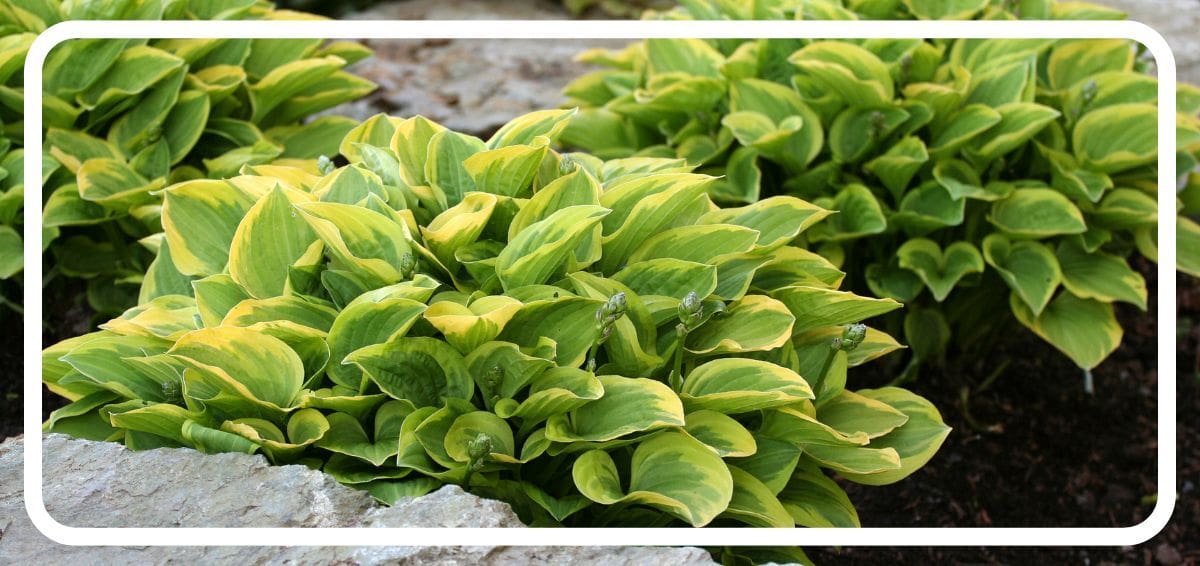
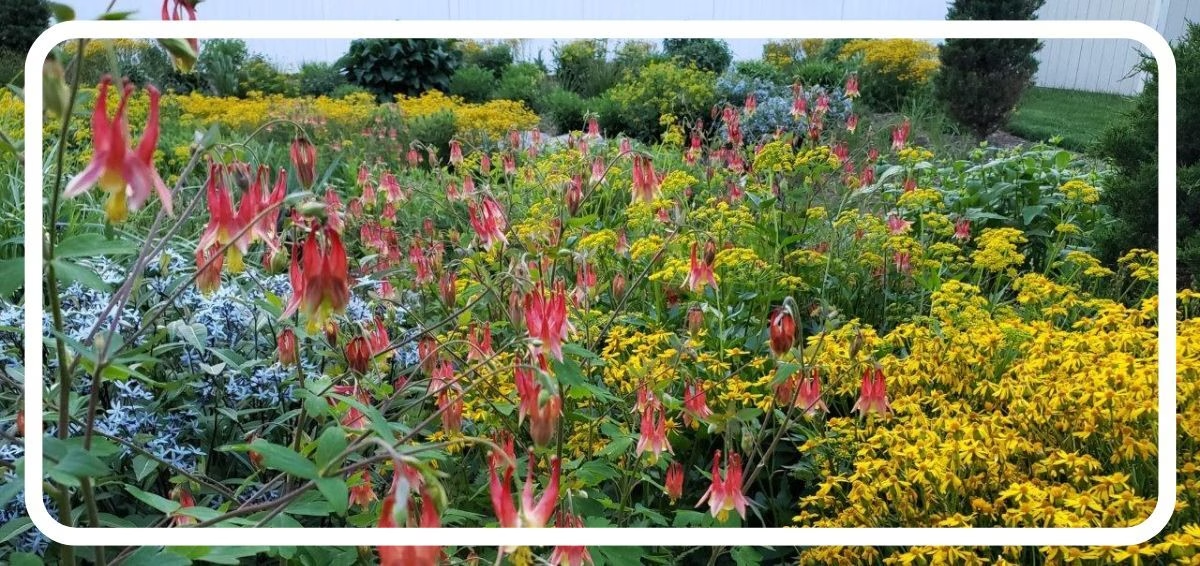
At Lifestyle Landscaping we specialize in designing and installing beautiful outdoor living spaces that make the most of your plants, hardscaping, and seasonal features. If you’re ready to bring new life to your landscape, contact us today for expert guidance and inspiration.
FAQ: Companion Planting in Ohio
Q: Do flowers need fertilizer when companion planting?
Most thrive with compost or organic mulch. Heavy fertilizers aren’t always necessary
Q: Can I mix different flowers and vegetables together?
Yes! That’s the heart of companion planting. The key is to match sun, soil, and water needs.
Q: What’s the easiest flower for beginners?
Black-eyed Susans or Purple Coneflowers are hardy, colorful, and low-maintenance.Q: Which flowers help deter pests around vegetables?
Try alliums (like nodding wild onion), yarrow, and bee balm near your beds to discourage common pests.
